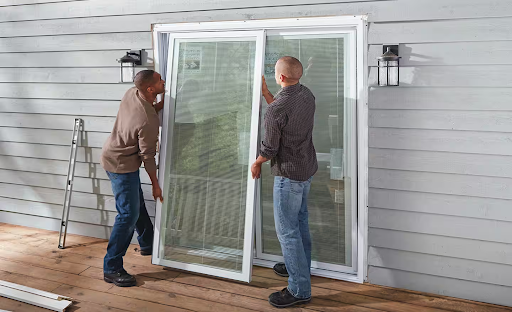
When it comes to home upgrades that enhance aesthetics, improve functionality, and increase property value, patio door installation ranks high on the list. Whether you’re building a new home or upgrading an existing space, installing new patio doors can transform your living area by allowing more natural light in, creating indoor-outdoor flow, and improving energy efficiency.
However, patio door installation isn’t just about choosing a design and hiring a contractor. There are important considerations that every homeowner should keep in mind before beginning the process. From choosing the right type of door to understanding the installation steps and post-installation care, proper planning ensures a smooth and satisfying outcome.
Let’s take a closer look at everything you need to know before starting your patio door installation.
1. Know Your Options: Types of Patio Doors
The first step in any patio door installation is choosing the right type of door for your home and lifestyle. Common options include:
Sliding Patio Doors: These are the most popular option, known for their space-saving design. They glide on a horizontal track and are ideal for smaller spaces.
French Patio Doors: Featuring a double-door design that swings open, French doors are elegant and allow for a wider opening, making them ideal for large patios or garden access.
Bi-Fold or Accordion Doors: These doors fold open in sections and provide a seamless transition between indoor and outdoor spaces. They’re great for modern homes and large wall openings.
Swinging Doors: Similar to traditional doors, these can open inward or outward and come in single or double configurations.
Each type has its own pros and cons, so consider your available space, desired aesthetic, and usage habits when selecting the right patio door.
2. Choosing the Right Frame and Glass
Once you've selected the style, it’s time to decide on the materials. Frames and glass play a major role in the performance, durability, and energy efficiency of your new patio doors.
Frame Materials:
Vinyl: Affordable, low maintenance, and energy efficient.
Wood: Offers a classic look and good insulation but requires more upkeep.
Aluminum: Lightweight and strong, but not the best insulator.
Fiberglass: Durable and low maintenance with good energy performance.
Glass Options:
Double or Triple Pane: Better insulation, less noise, and higher energy savings.
Low-E Glass: Reflects heat, keeping interiors cooler in summer and warmer in winter.
Tempered or Laminated Glass: Adds safety by preventing the glass from shattering into sharp pieces.
3. Preparing for Installation
Patio door installation near you requires proper preparation. Here’s what to expect:
Measurements: Accurate measurements are crucial. Even small errors can lead to air leaks or fitting problems.
Permits: Depending on your location and the scope of work, you may need a building permit.
Structural Considerations: If you’re enlarging the opening or replacing a wall with a door, a structural header may be required for support.
4. Hiring the Right Professionals
Even if you’re a handy homeowner, patio door installation is a task best left to experienced professionals. A poorly installed door can result in drafts, water leaks, security vulnerabilities, and even structural damage.
Look for licensed and insured contractors with good reviews and proven experience in door installations. Request a written estimate that includes labor, materials, and a warranty on the work.
Final Thoughts
Patio door replacement and installation is more than just a cosmetic upgrade—it’s an investment in your home’s functionality, efficiency, and value. By understanding your options, planning ahead, and hiring the right professionals, you’ll ensure a smooth installation and a beautiful result.
Whether you opt for sleek sliding doors, elegant French doors, or a modern bi-fold system, the right patio door will transform your space, bring in natural light, and create a welcoming connection to the outdoors.

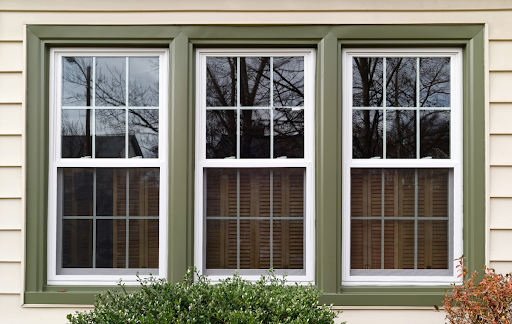
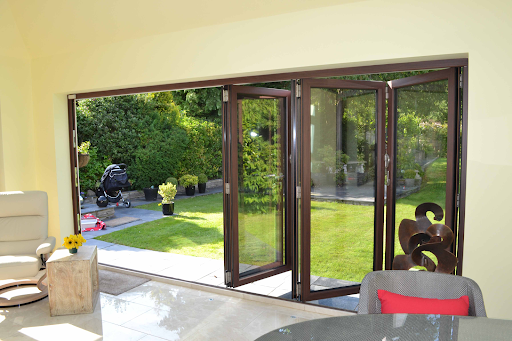
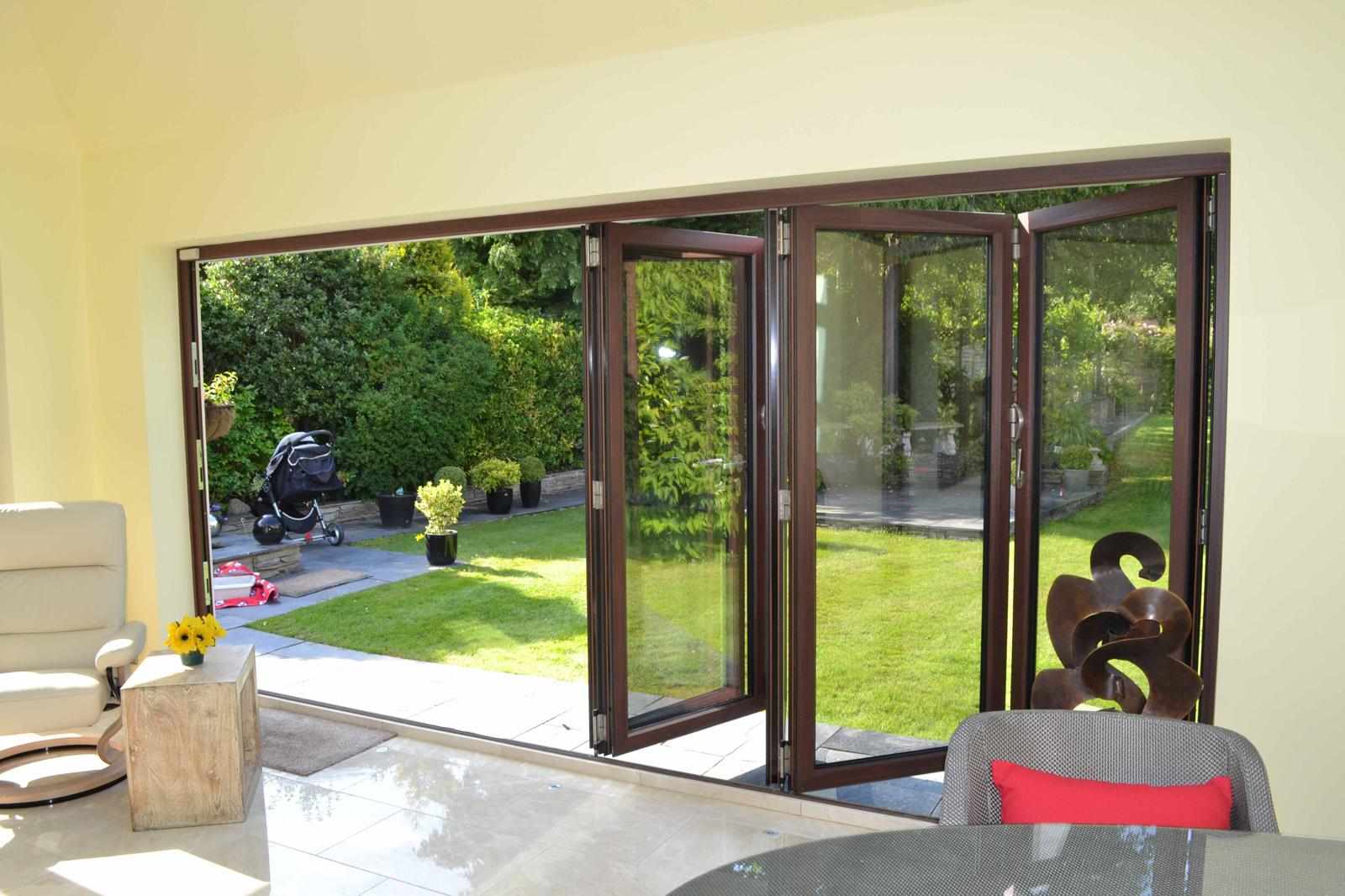
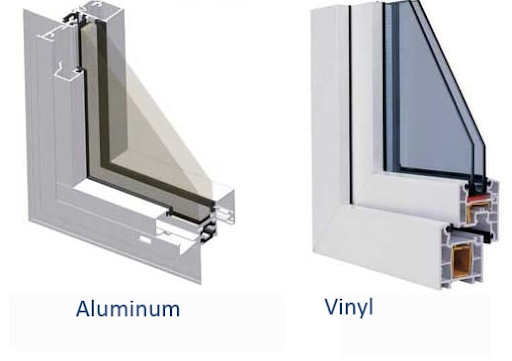
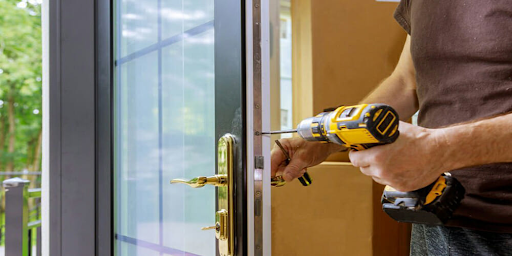
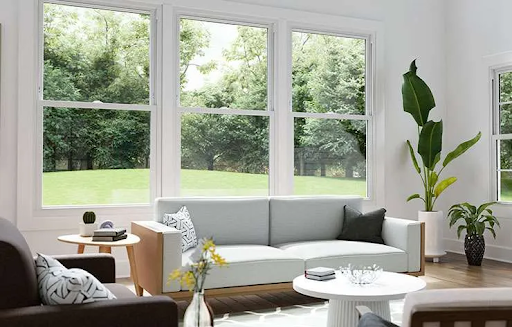
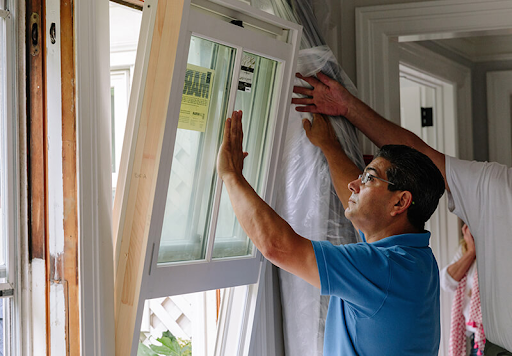

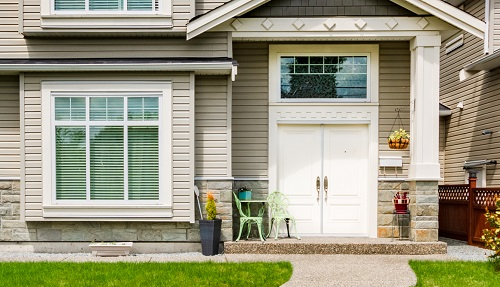
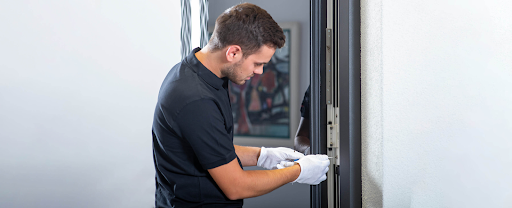
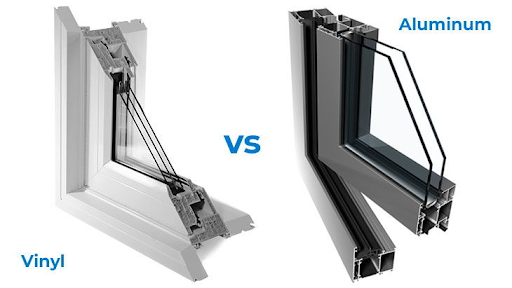
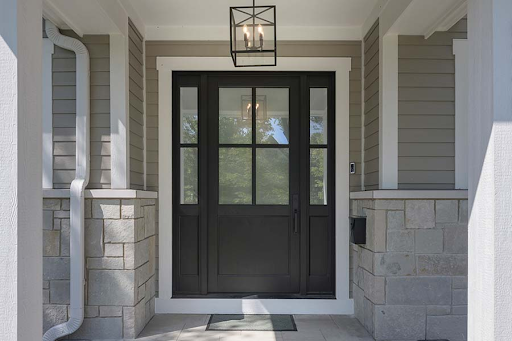
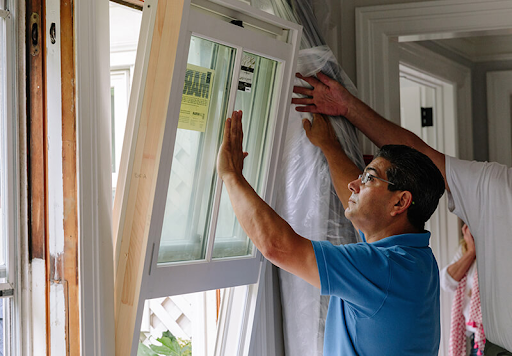
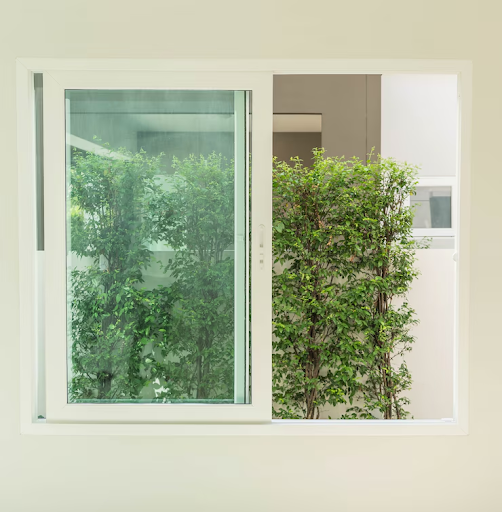
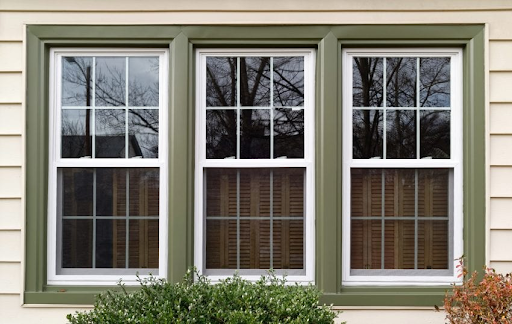
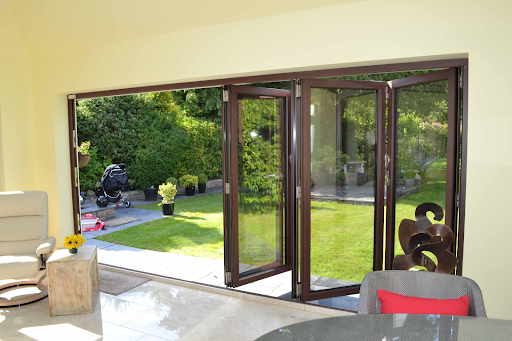
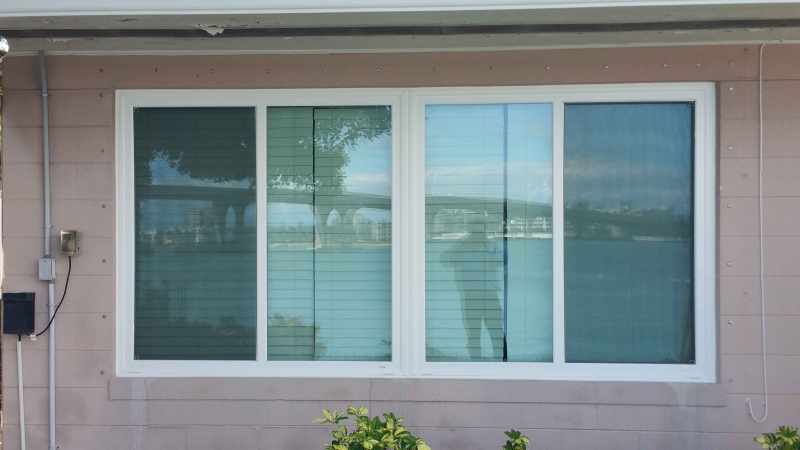
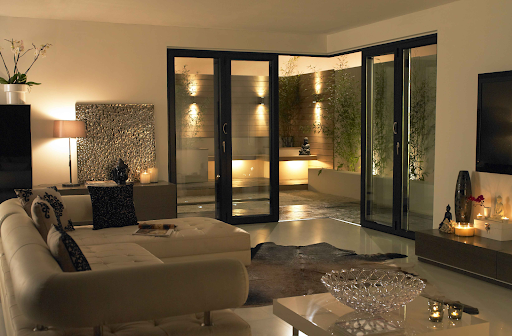
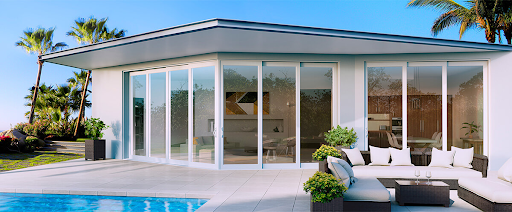
Write a comment ...